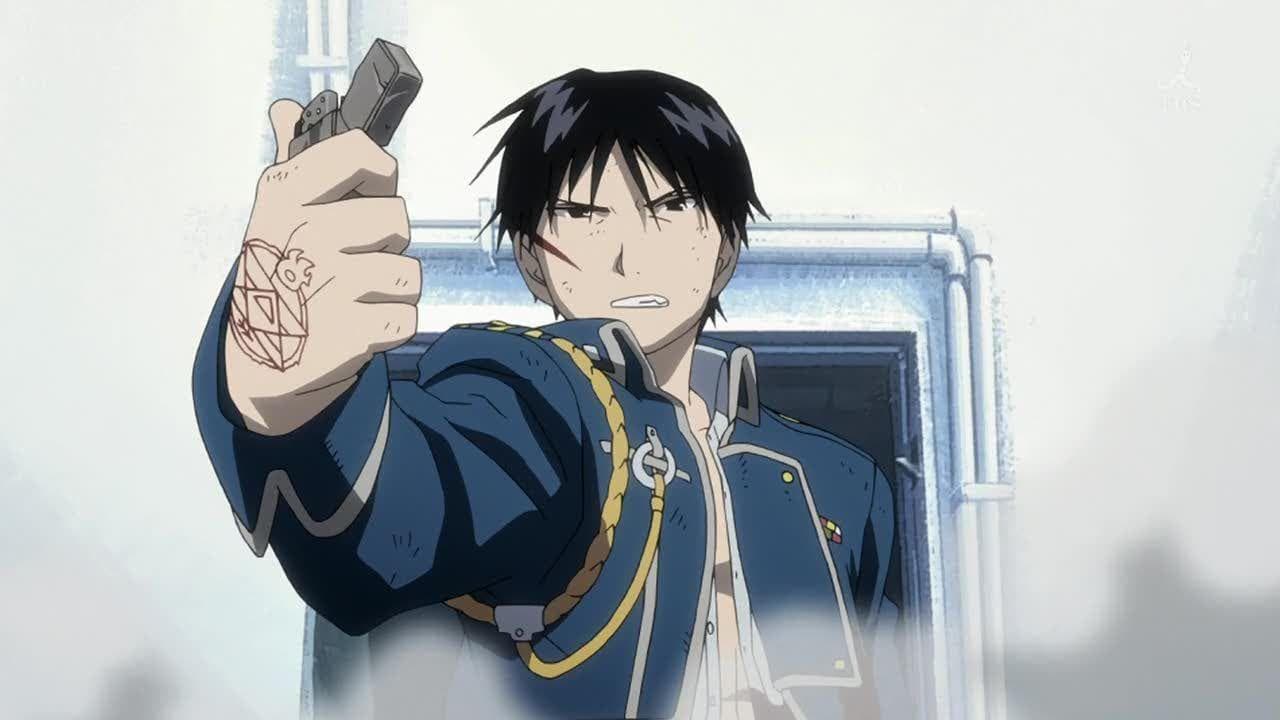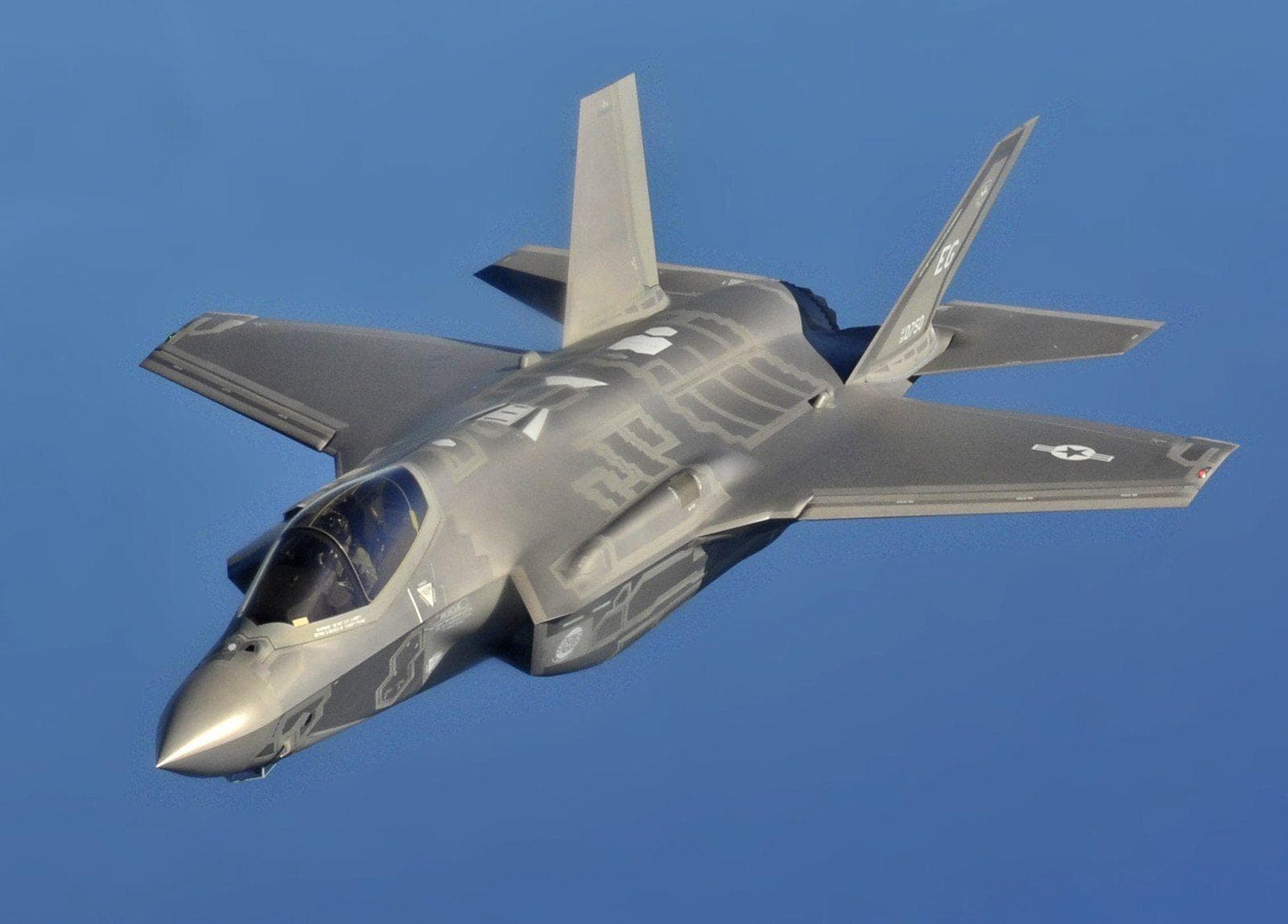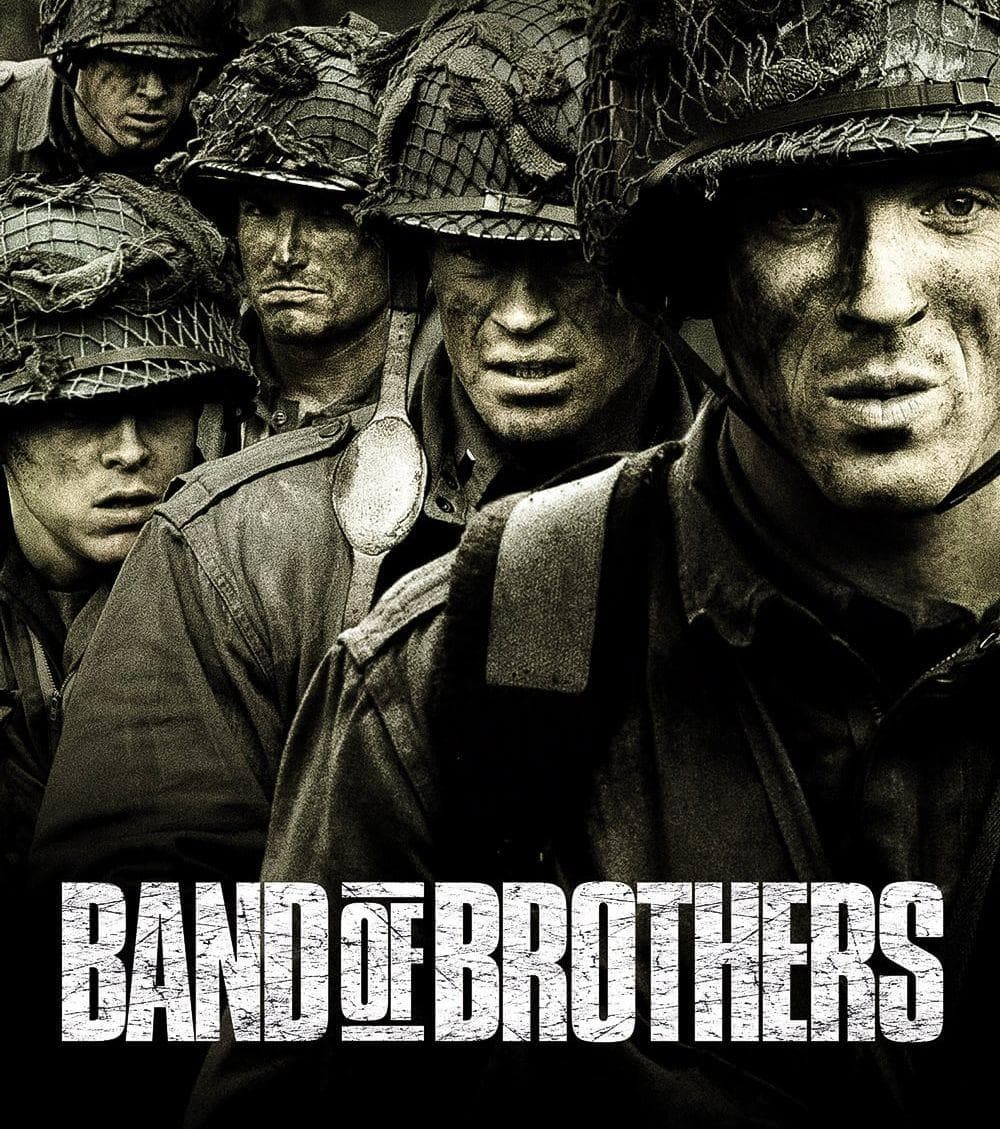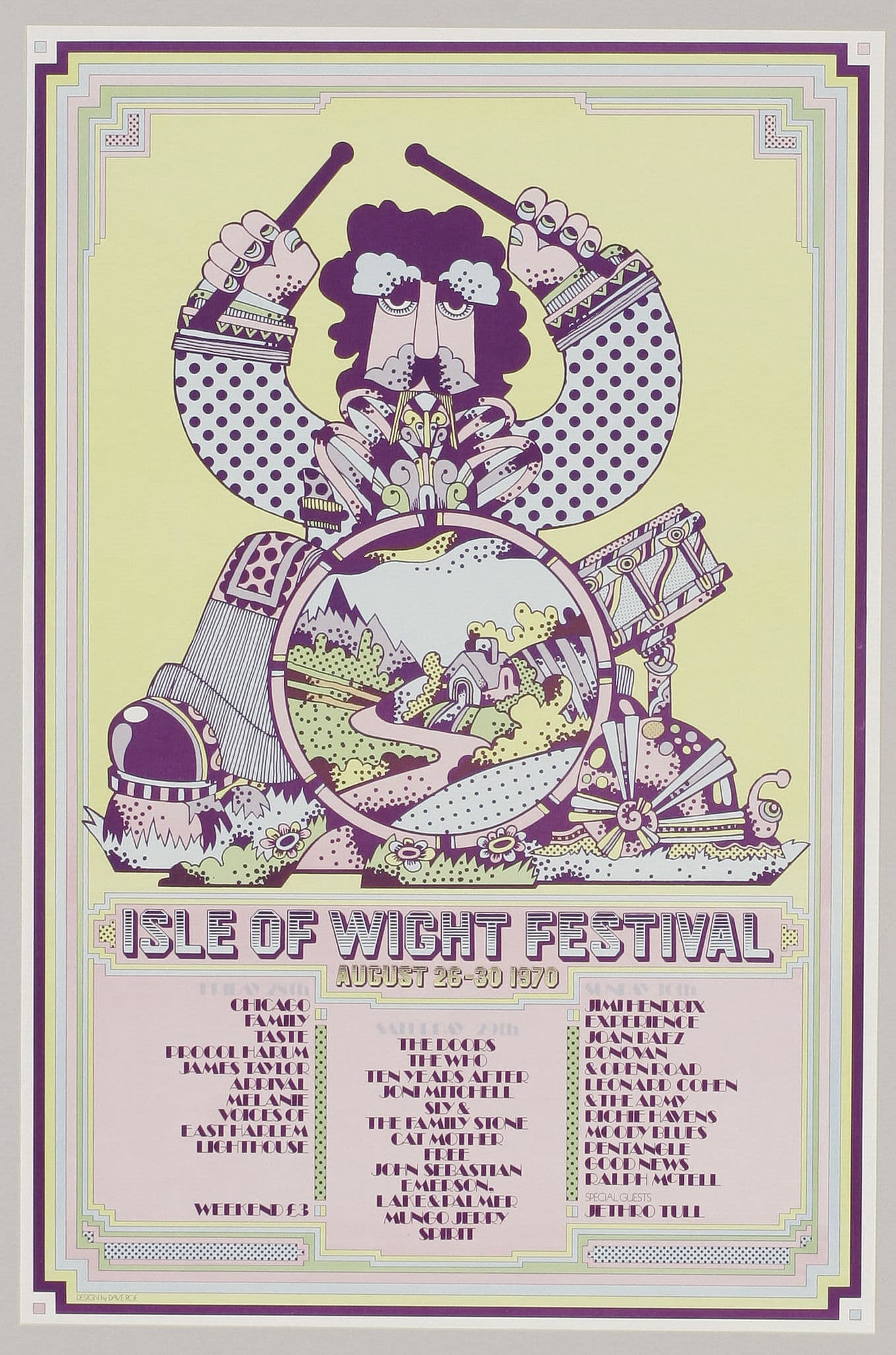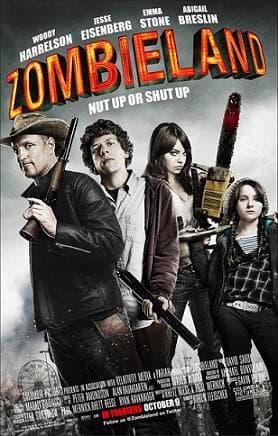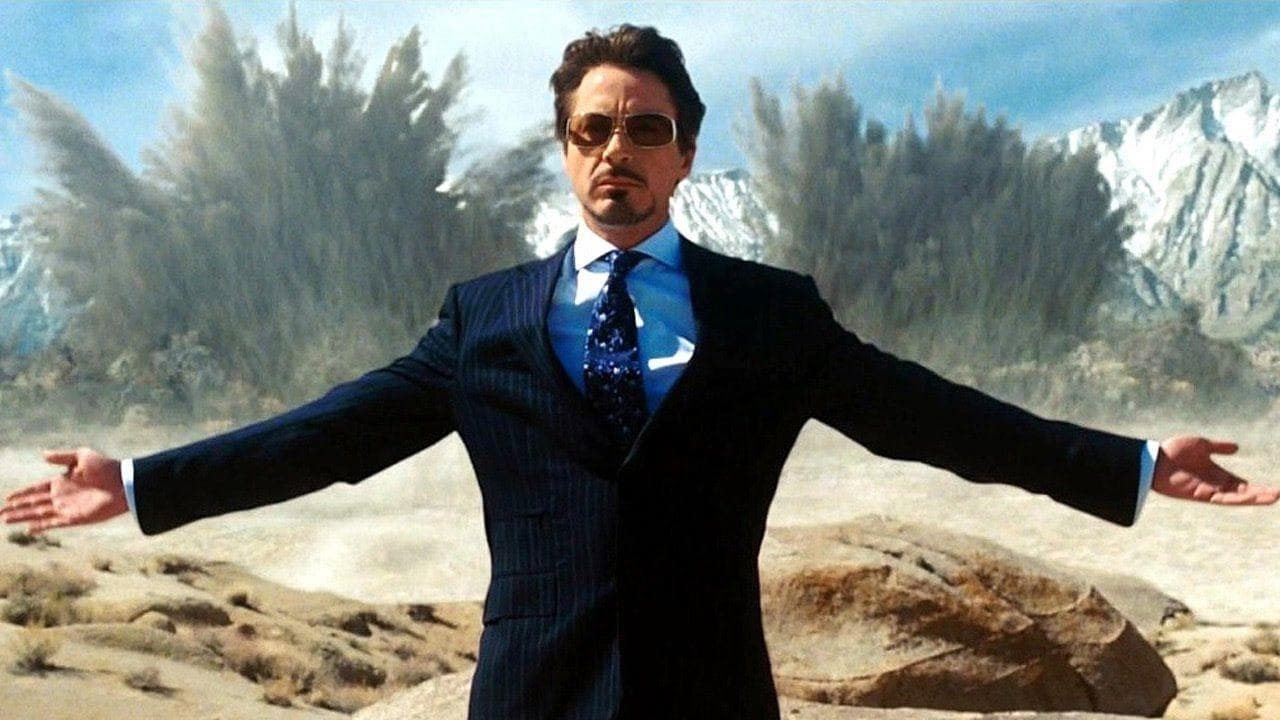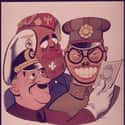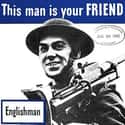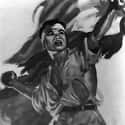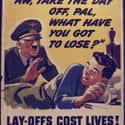-
(#1) Uncle Sam Wants YOU
Maybe the most famous recruitment poster in American history, J.M. Flagg designed the famous picture of Uncle Sam in 1917, based on a poster of British high-ranking officer Lord Kitchener. Flagg used his own face as the model for Uncle Sam and veteran Walter Botts sat for the pose.
It made the war a personal crusade, denoting that the US doesn't want someone else to fight, it wants YOU to fight.
-
(#2) Loose Lips Sink Ships
One of the most important facets of fighting the war at home was secrecy. This poster, designed by Seymour Goff for workers at Seagram Distillery, was typical of the fear-based campaign designed to keep people from accidentally blabbing about naval movements.
Most other countries had campaigns like this as well, with German posters exclaiming "Schäm Dich, Schwätzer!" ("Shame on you, blabbermouth!").
-
(#3) Do With Less
Rationing was a part of daily life in the Allied countries, and the civilian population had to pull together and be okay with having less.
This poster (which has since become a popular internet meme) reminds citizens that they're going without the luxury of coffee so the people at the front can have it.
-
(#4) We Can Do It!
J. Howard Miller designed this inspirational poster in 1942 as a morale booster for Westinghouse Electric employees. It was one of many forms of propaganda telling women workers to do their part to make the equipment needed for men at the front. The poster wasn't used much in the war and was only rediscovered in the 1980s.
Known as "Rosie the Riveter," the woman depicted is most likely factory employee Geraldine Hoff, who left the Westinghouse factory shortly after the photo was taken.
-
(#5) Tokio Kid
Grotesque, racist caricatures of Japanese people were typical of WWII propaganda posters. It was generally felt that while Germany was an enemy to be beaten, Japan was a racially inferior hovel that bloodied America first.
This poster, using a Tojo-esque monster to exhort civilians not to waste, is an example of how terribly offensive propaganda can be.
-
(#6) Be Sure You Have Correct Time
Racist propaganda wasn't limited to the homefront. This American poster exhorted troops in the field to make sure their watches were synchronized using caricatures of the three Axis leaders, with Tojo made to look like a grinning monster and Mussolini looking something like a stereotypical African tribesman.
The enemy is inhuman, it says, and keeping correct time is just one more way to crush them.
-
(#8) O'er the Ramparts We Watch
Dehumanizing the enemy was just one element of propaganda. Another was exhorting the glory of service, as this Army Air Force poster made clear.
The flier is a brave and handsome man holding a 500-pound bomb, ready to be dropped by one of the gallant planes in the air.
-
(#10) Bataan Death March Poster
More than any event in the war, the Bataan Death March catalyzed American opinions of the Japanese as barbaric monsters beneath contempt who needed to be eliminated.
Thousands of American and Filipino prisoners died on a forced march of nearly 60 miles in brutal heat with little food or water, and when news of the event came back to the US, it was used as a propaganda tool to inflame the already seething hatred of Japan.
-
(#11) This Man Is Your Friend
It seems absurd that Americans would have to be told who their allies were in the war against the Axis. But as late as the 1940s, there was anti-English sentiment in the US, while at the same time, there was little desire on the part of most Americans to go to war when the country wasn't directly involved.
Posters featuring English, French, and Soviet troops as men fighting for freedom were designed to make Americans open to assisting these nations down the road.
-
(#12) Fighting Filipinos
In the early part of the 20th Century, anti-Filipino sentiments ran high in the US due to the brutal Philippine Insurrection. The island nation's brutal subjugation by Japan shocked Americans.
Posters like this highlighted the courage and struggle of the Filipino people against the Japanese.
-
(#14) Catch Him With His Panzers Down
Though propaganda posters were openly racist towards Japanese people, despite the large Japanese-American population in the US, prejudice against German-Americans was frowned upon.
So, Allied posters mercilessly mocked Hitler and the other German officials, reducing them to figures of derision.
-
(#15) This Is Nazi Brutality
Created by poster designer Ben Shahn in 1942, this poster tells the story of Lidice, a Czech mining village that was obliterated by the Nazis in retaliation for the assassination of SS official Reinhard Heydrich. All men of the village were killed, and the women and children were sent to concentration camps.
The destruction of Lidice became a symbol for the brutality of Nazis and an example of what could happen in America if they were allowed to win.
-
(#16) She May Look Clean
The cautionary message on this poster doesn't have a shred of nuance: random girls and sex workers you meet on the town might have a venereal disease, and you can't help the war effort if you're out with an STD. Some posters even accused "good time girls" of being Axis agents, though that was never true.
Soldiers and workers picking up VD was a constant problem for the Allies, as over 600 men were out of action every day from various social diseases.
-
(#17) I Gave A Man!
War bonds were critical for the war effort, serving as debt securities to finance military operations, manufacturing, and transportation. They also helped control inflation. The US sold over $185 billion in war bonds during WWII, helped by posters like this one, which had the typical lack of subtlety that other posters have.
She gave her man to the war; the least you can do is give some money.
New Random Displays Display All By Ranking
About This Tool
During the Second World War, governments of various countries drew many propaganda posters in order to boost the morale and willingness of soldiers and people to join the army. Because the printing technology at that time was relatively backward, most of the World War II propaganda posters could not be printed in large quantities. It was only until the end of the 20th century that people were able to collect some posters left after the war.
The styles of these propaganda posters are very different, but they are all full of irony. The poster played a huge role in World War II, boosting morale and making people realize the importance of what every soldier and worker does. The random tool displays 19 World War II propaganda posters.
Our data comes from Ranker, If you want to participate in the ranking of items displayed on this page, please click here.


